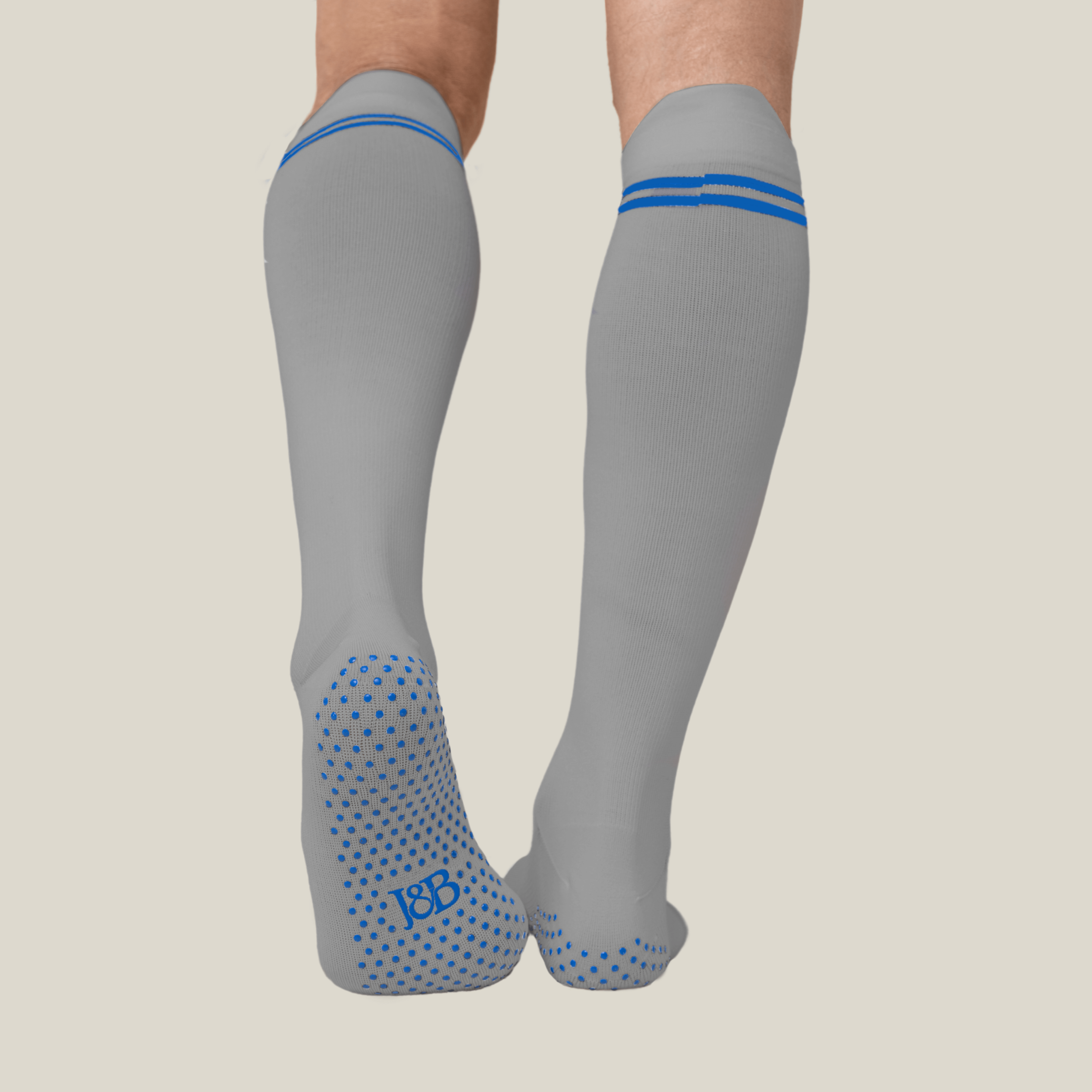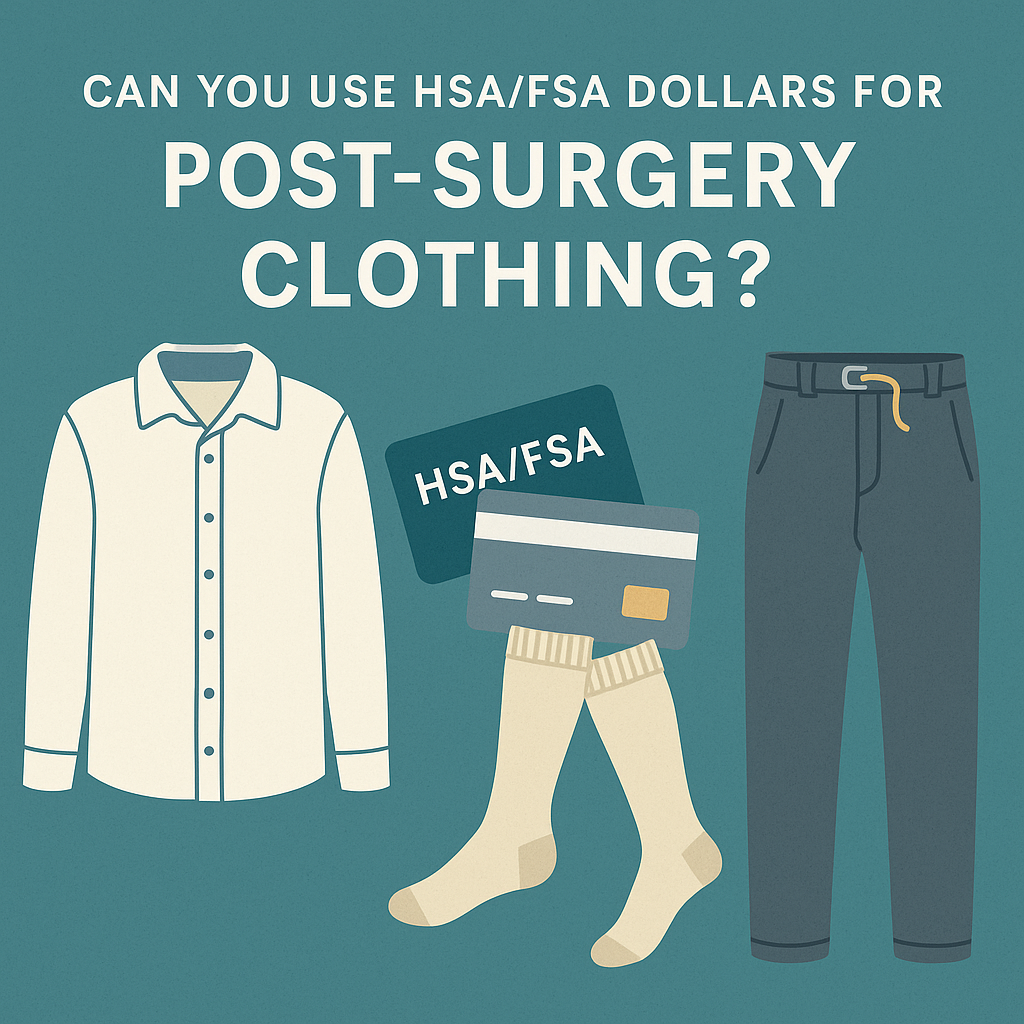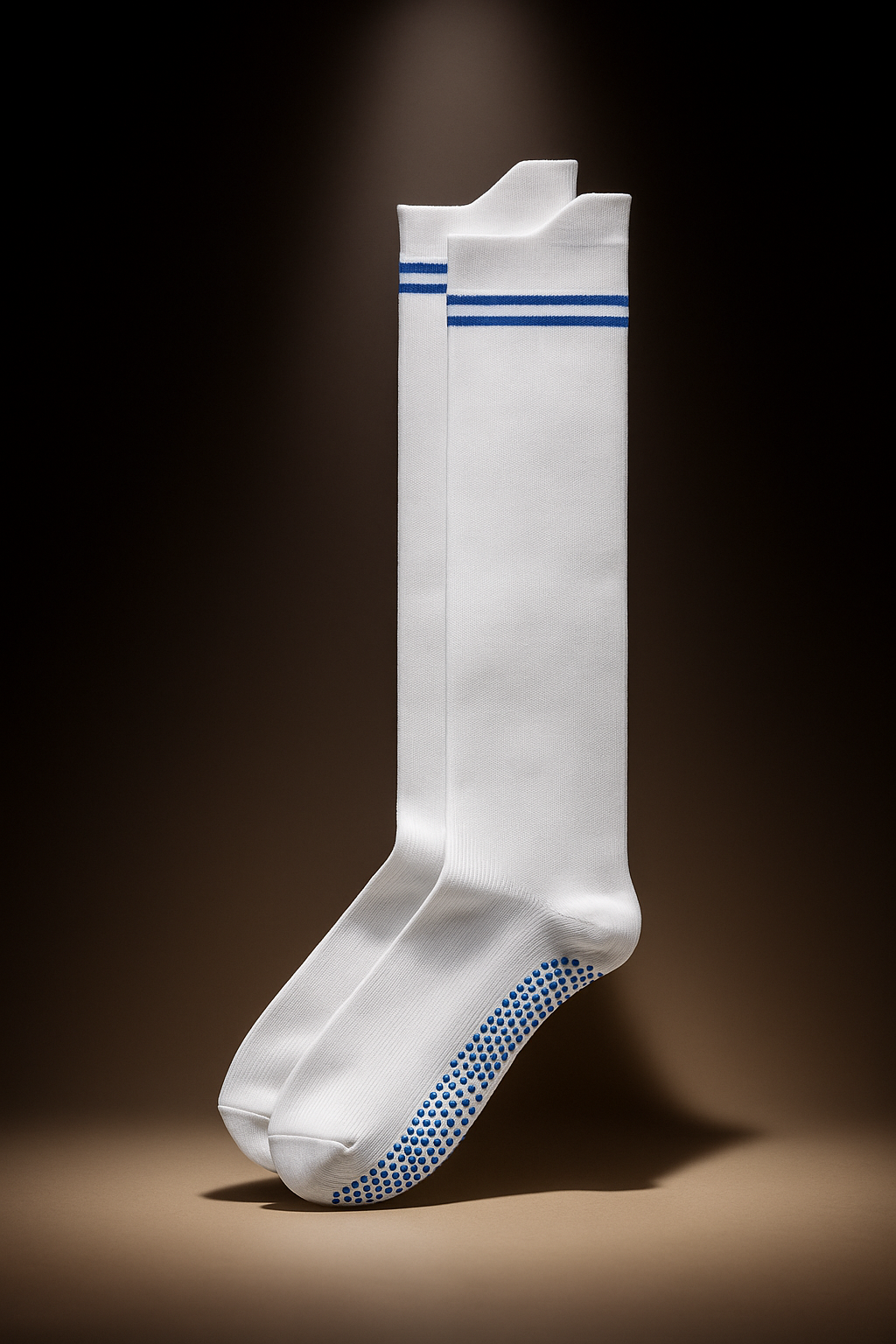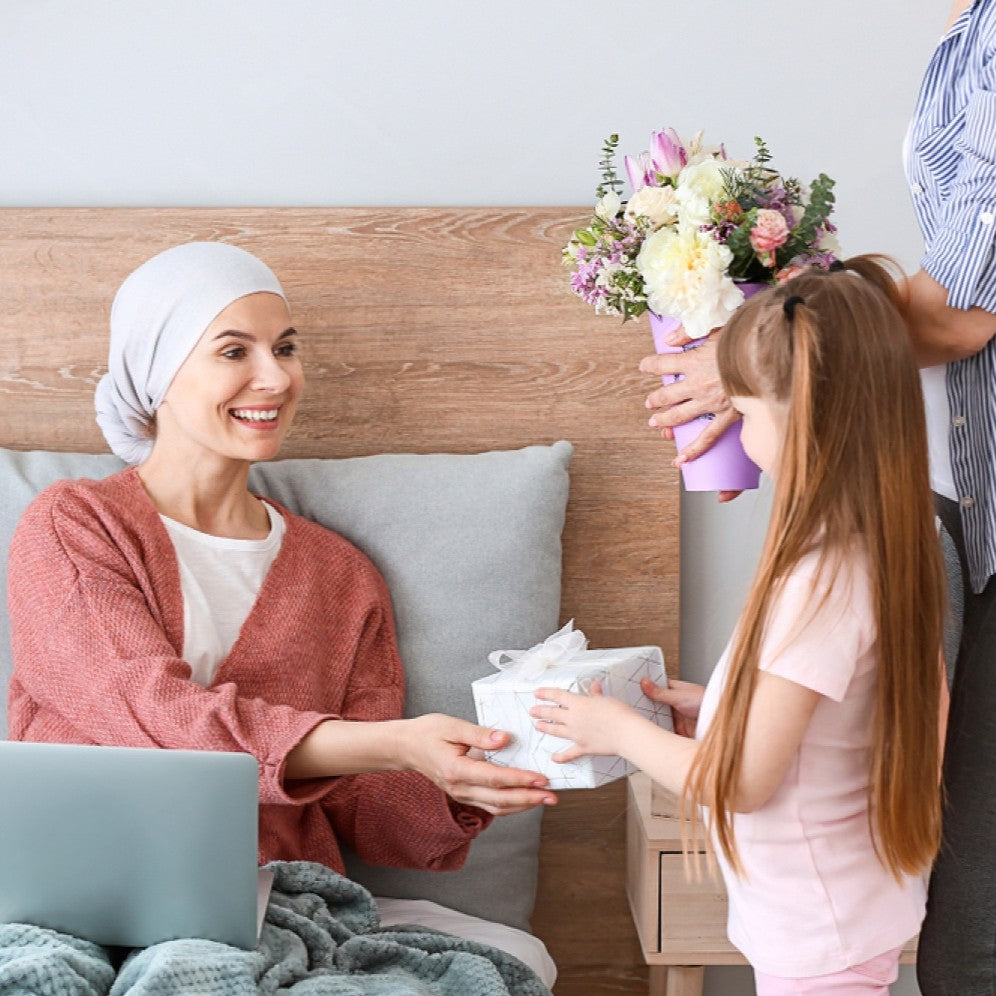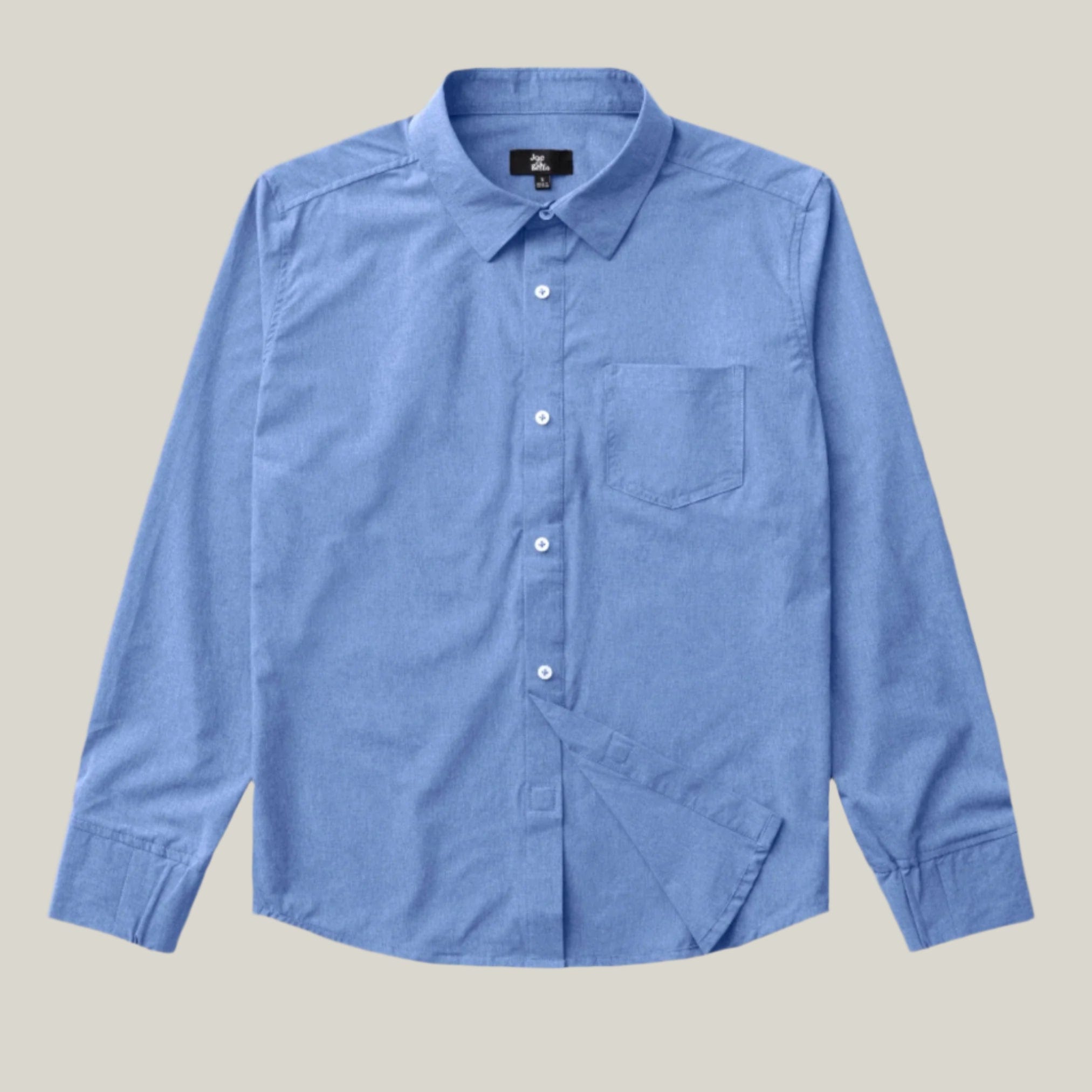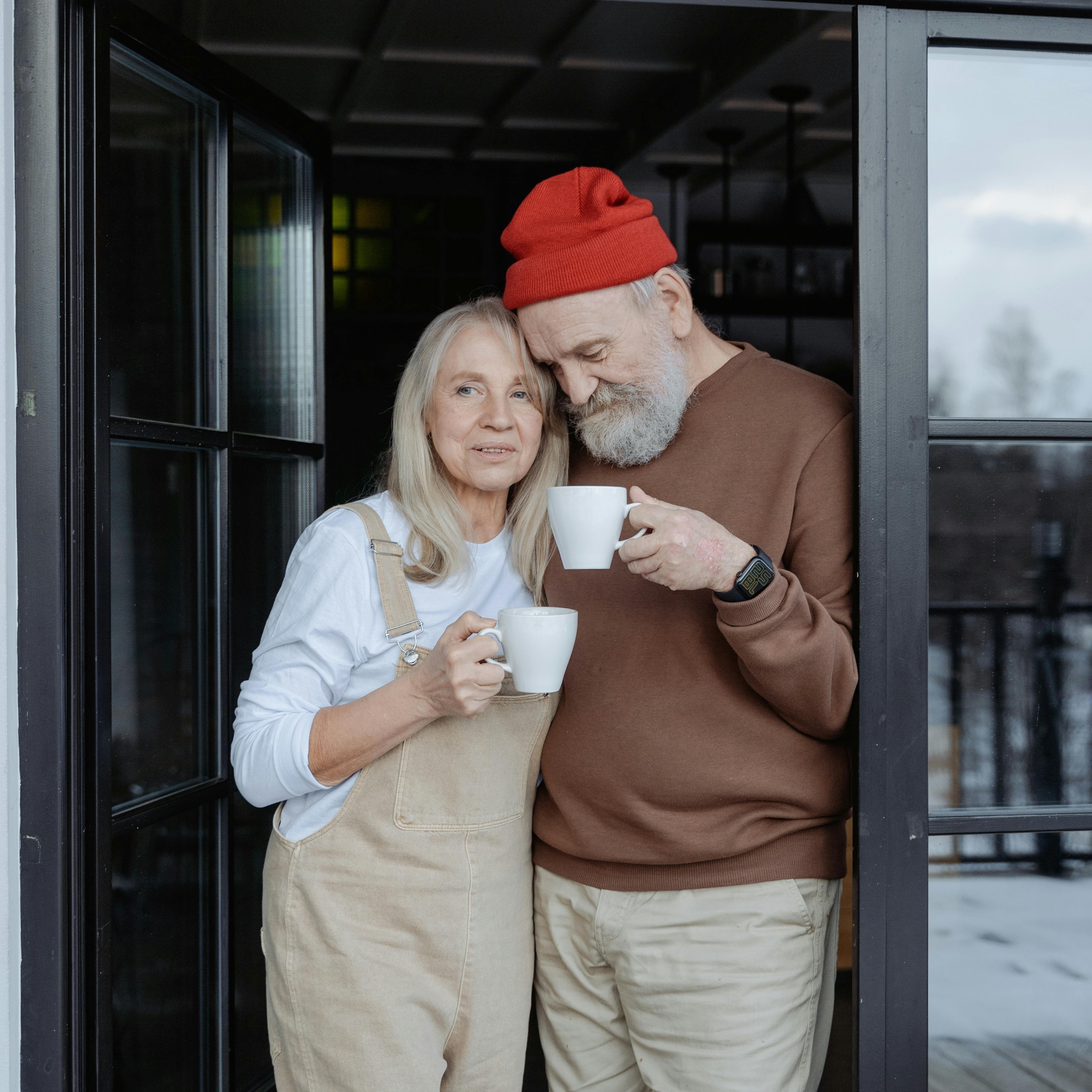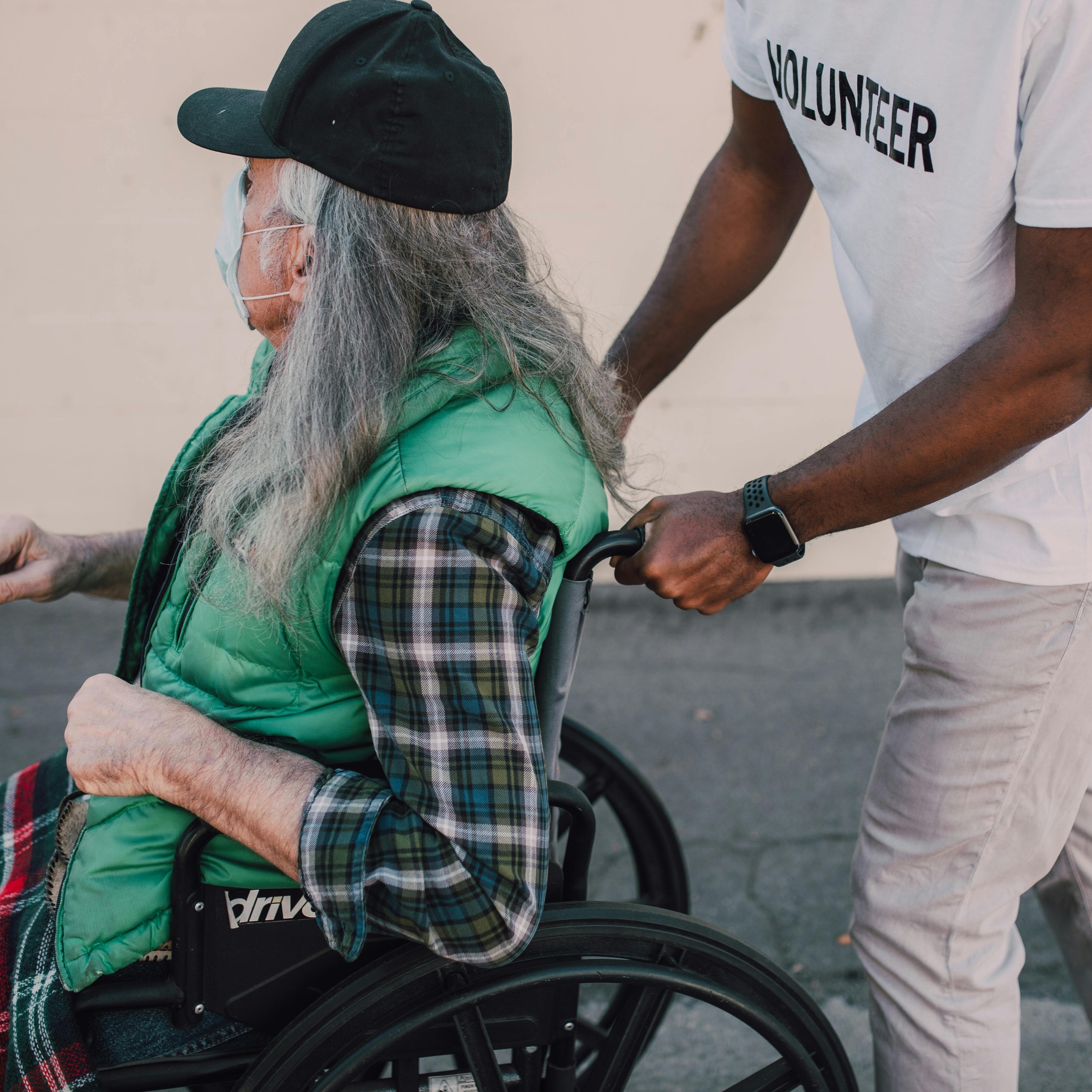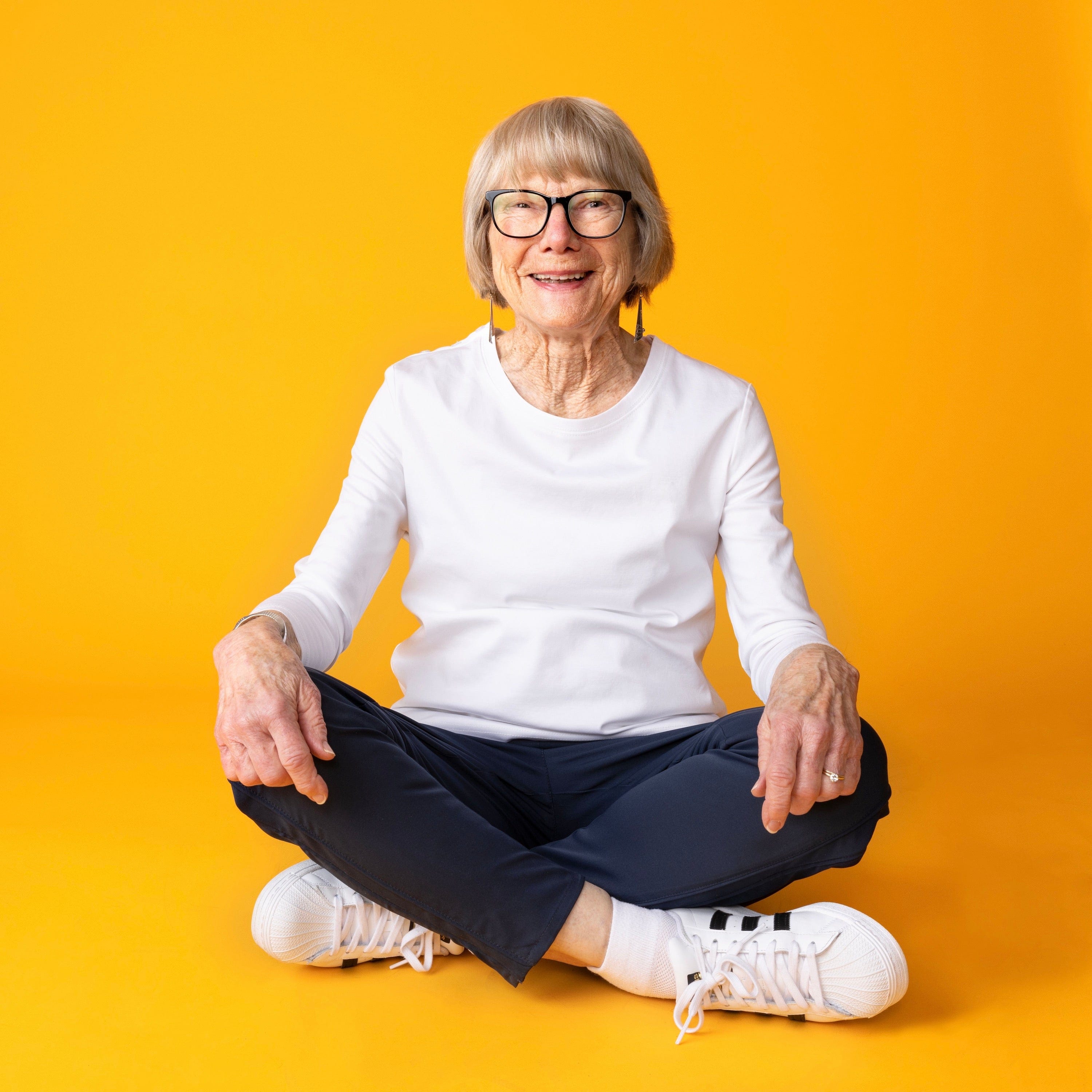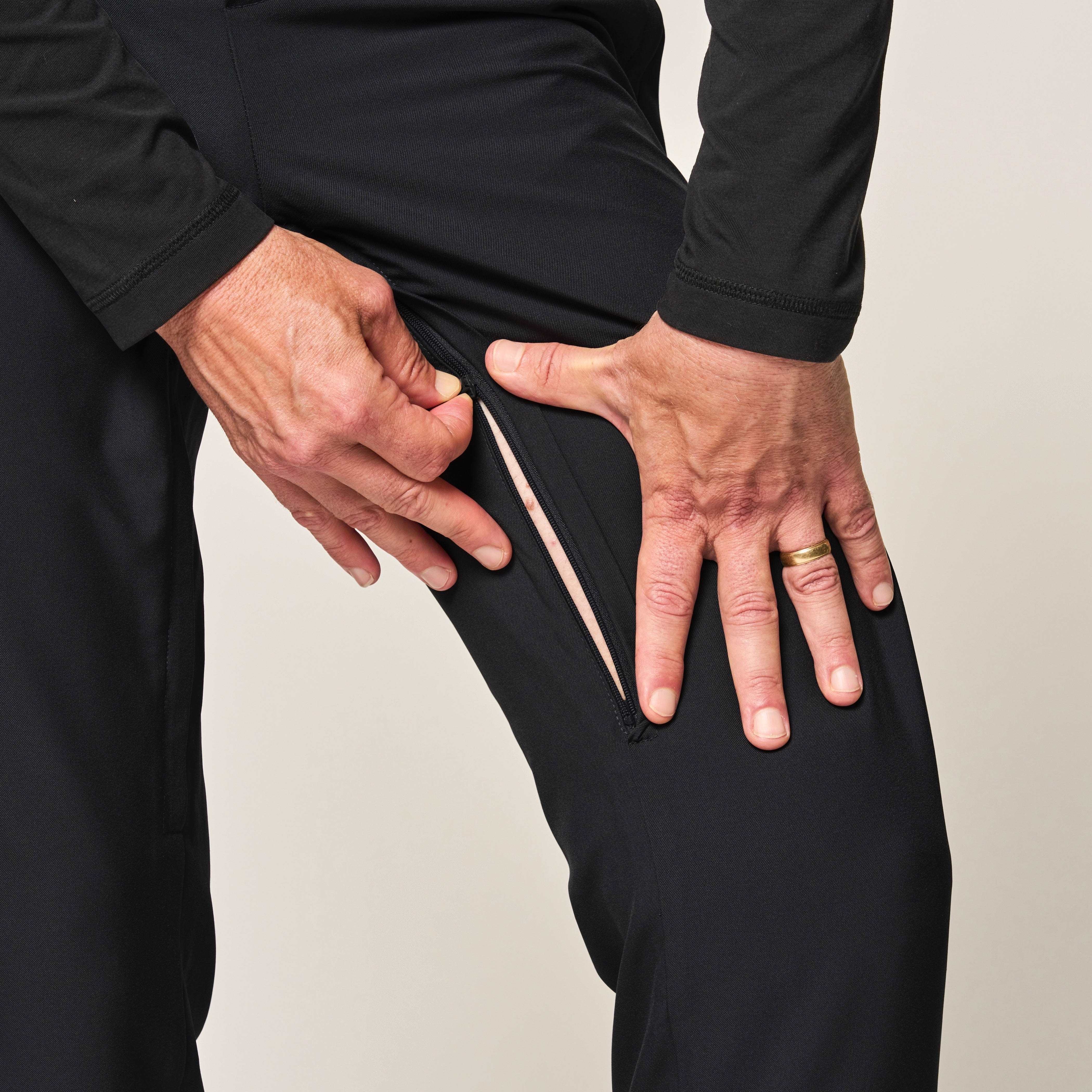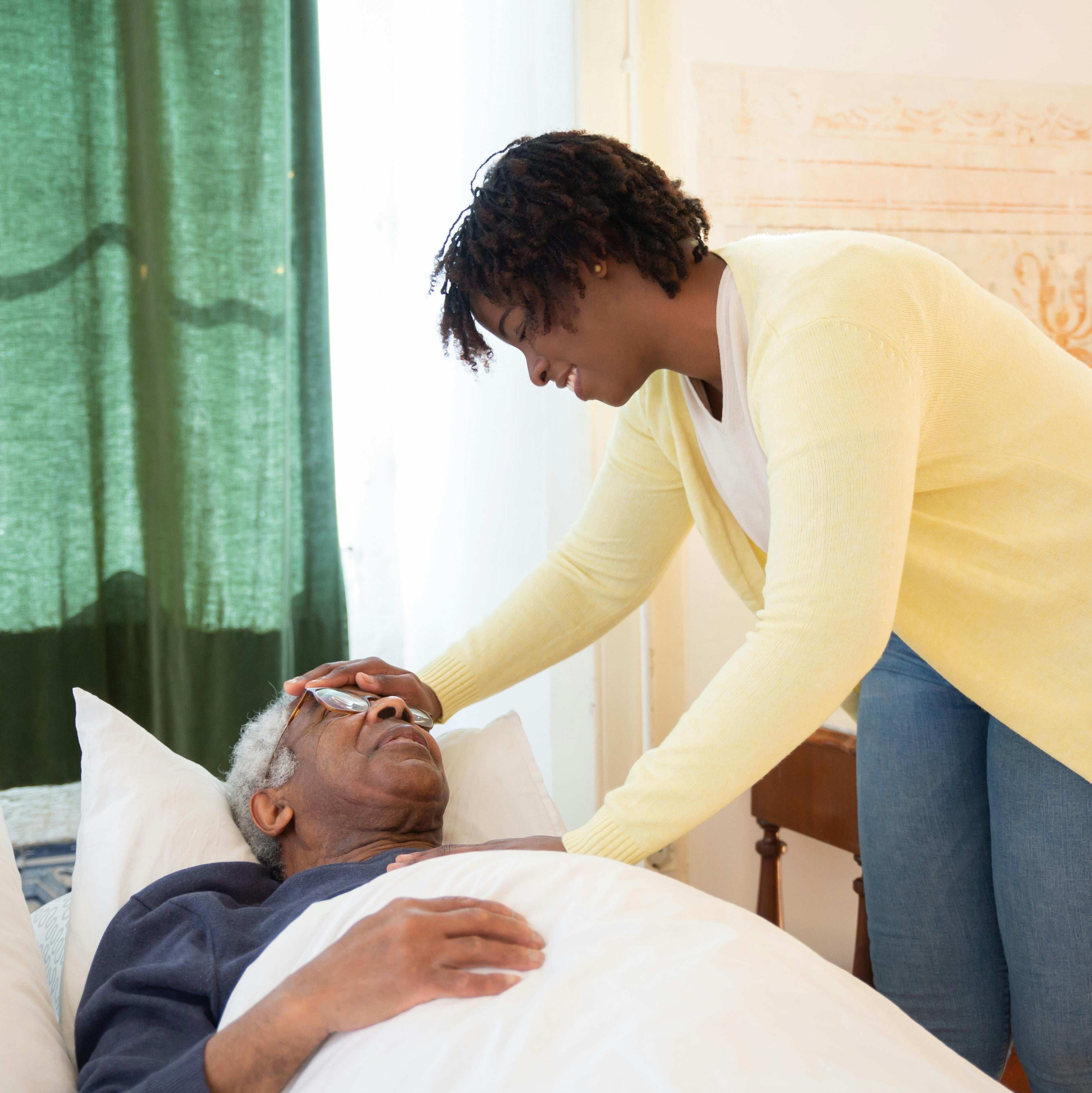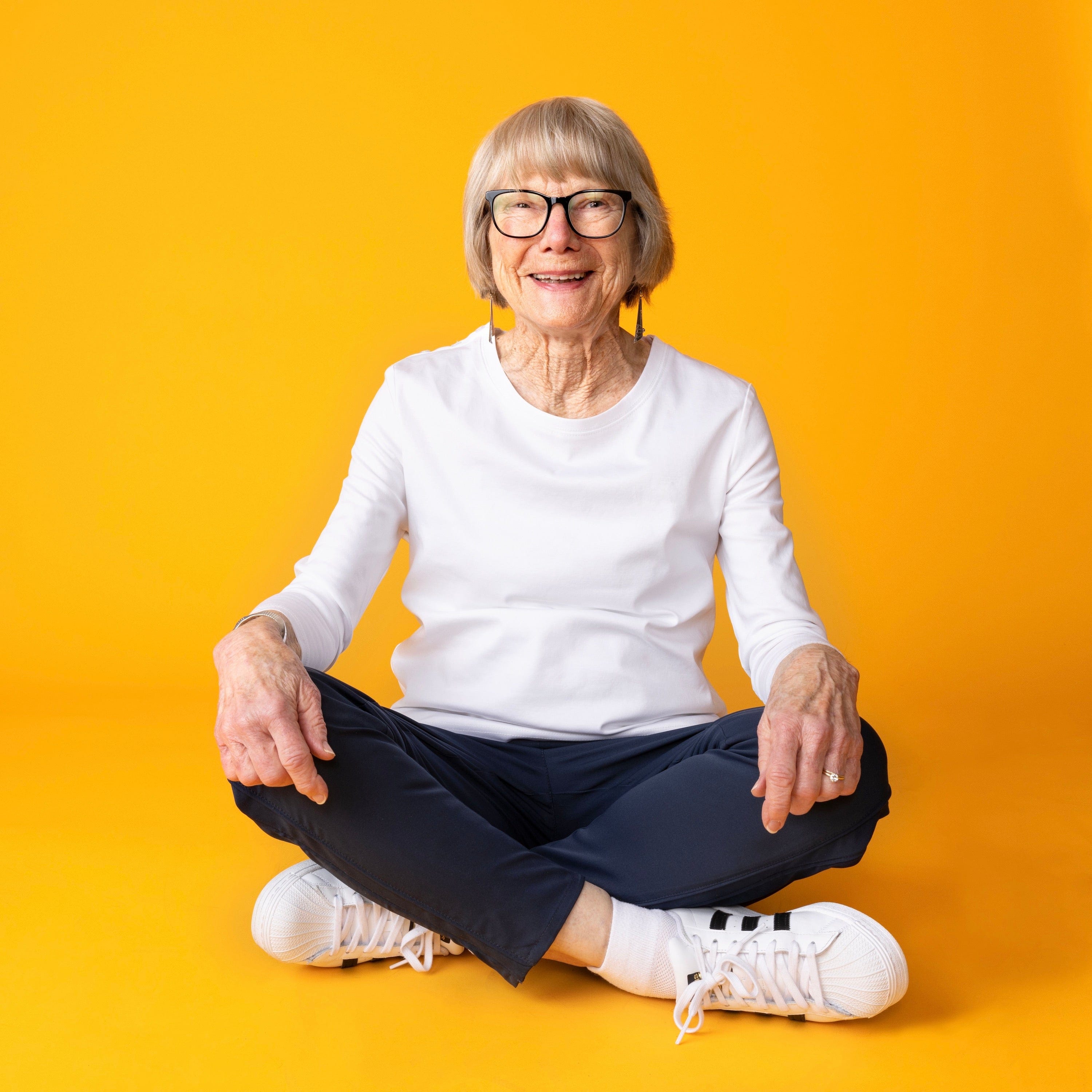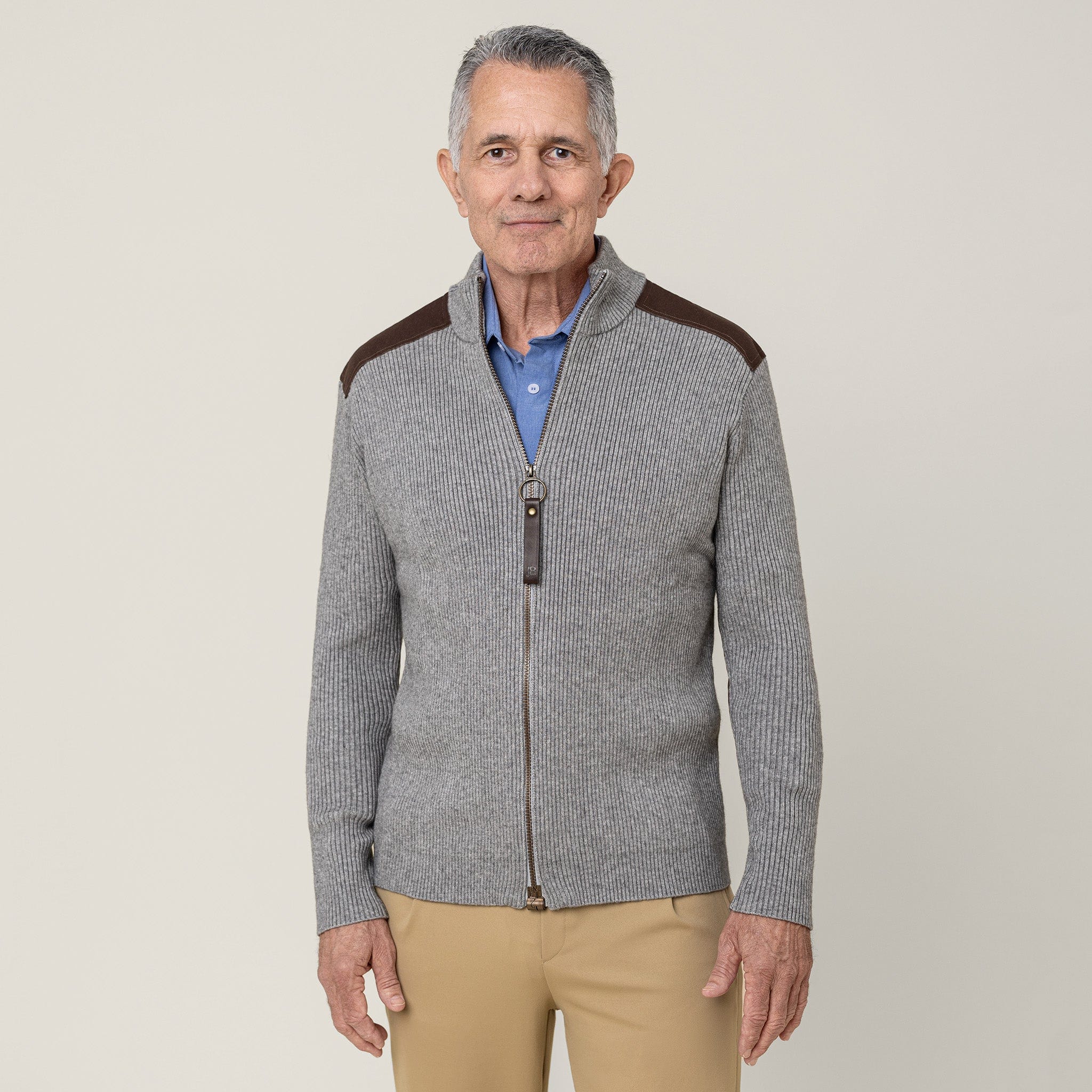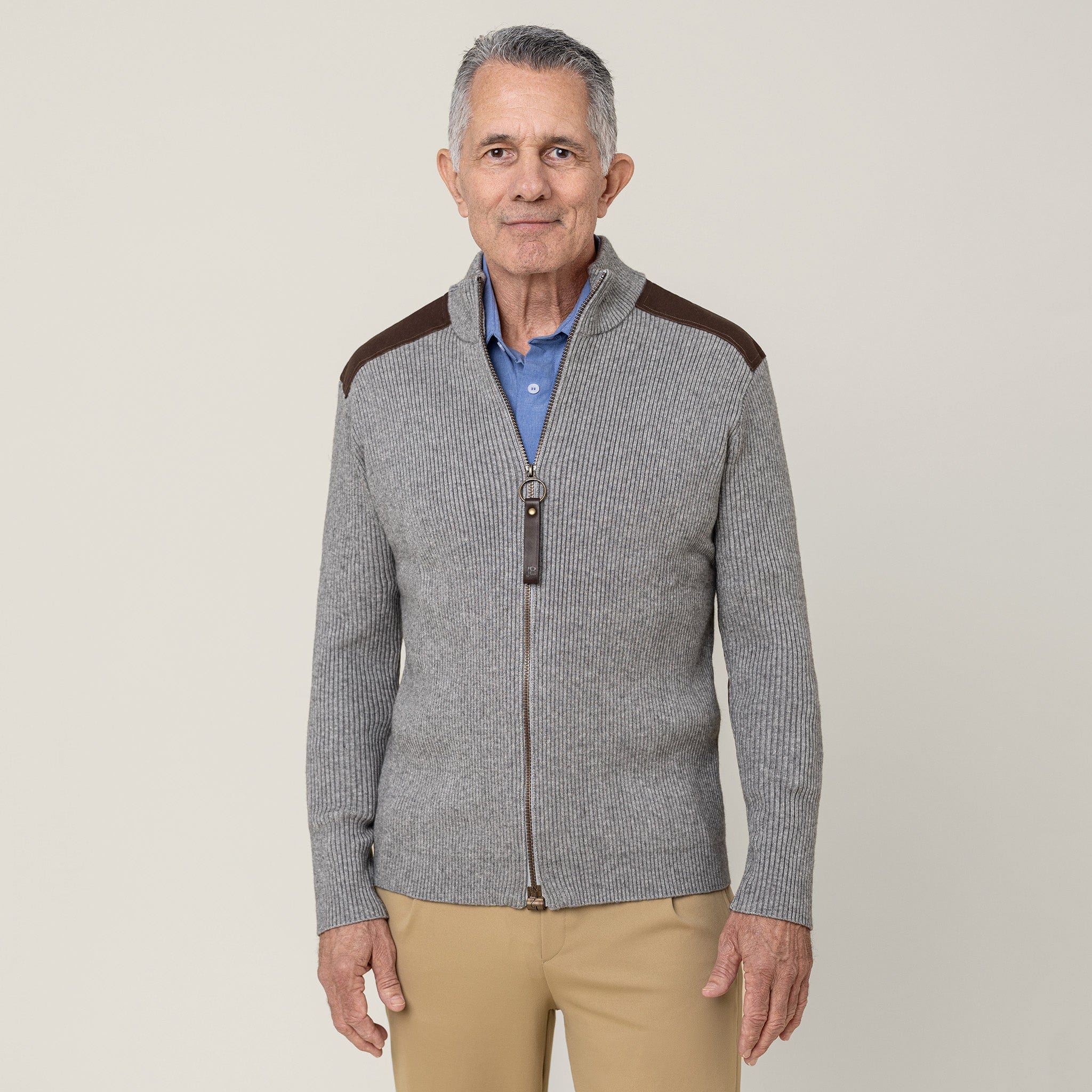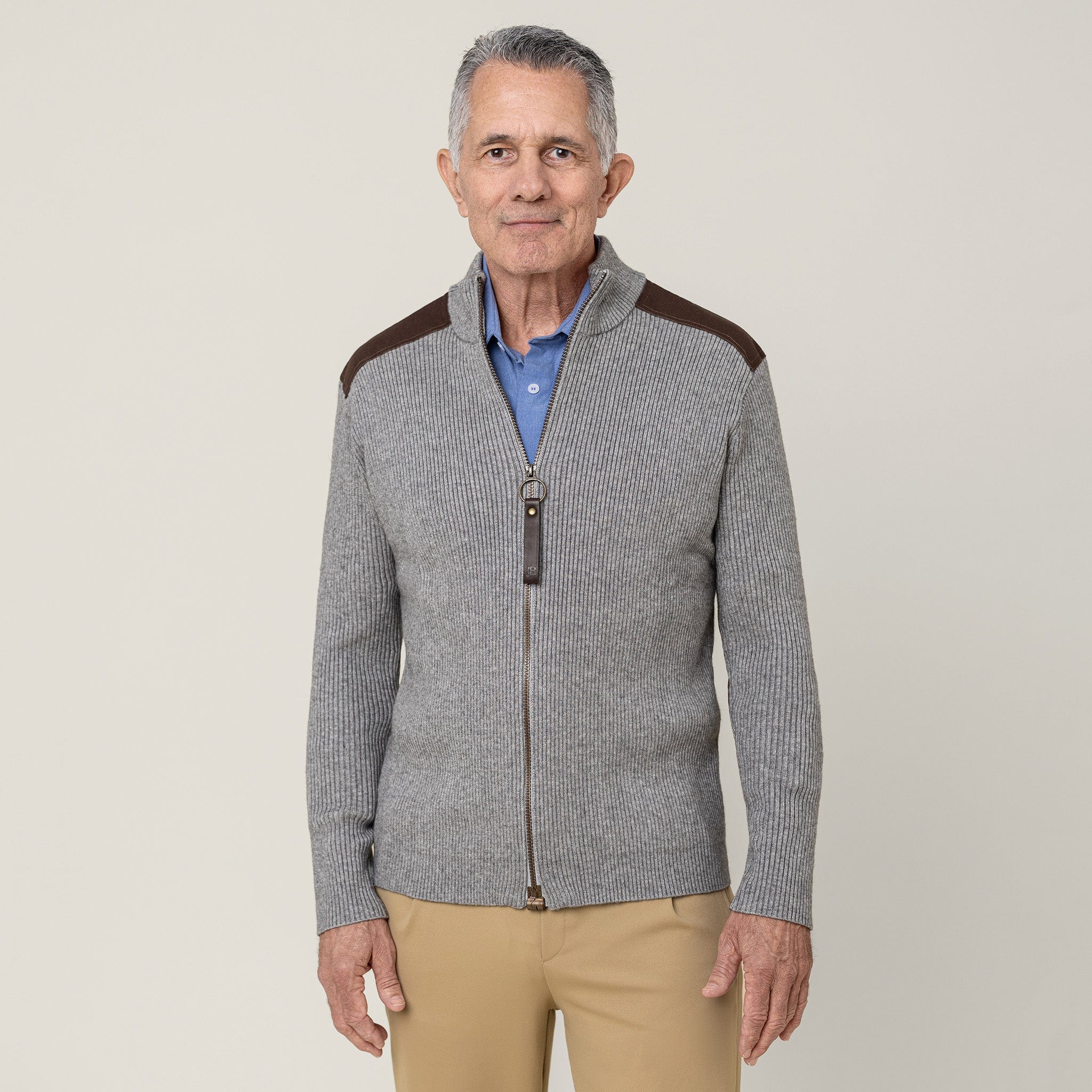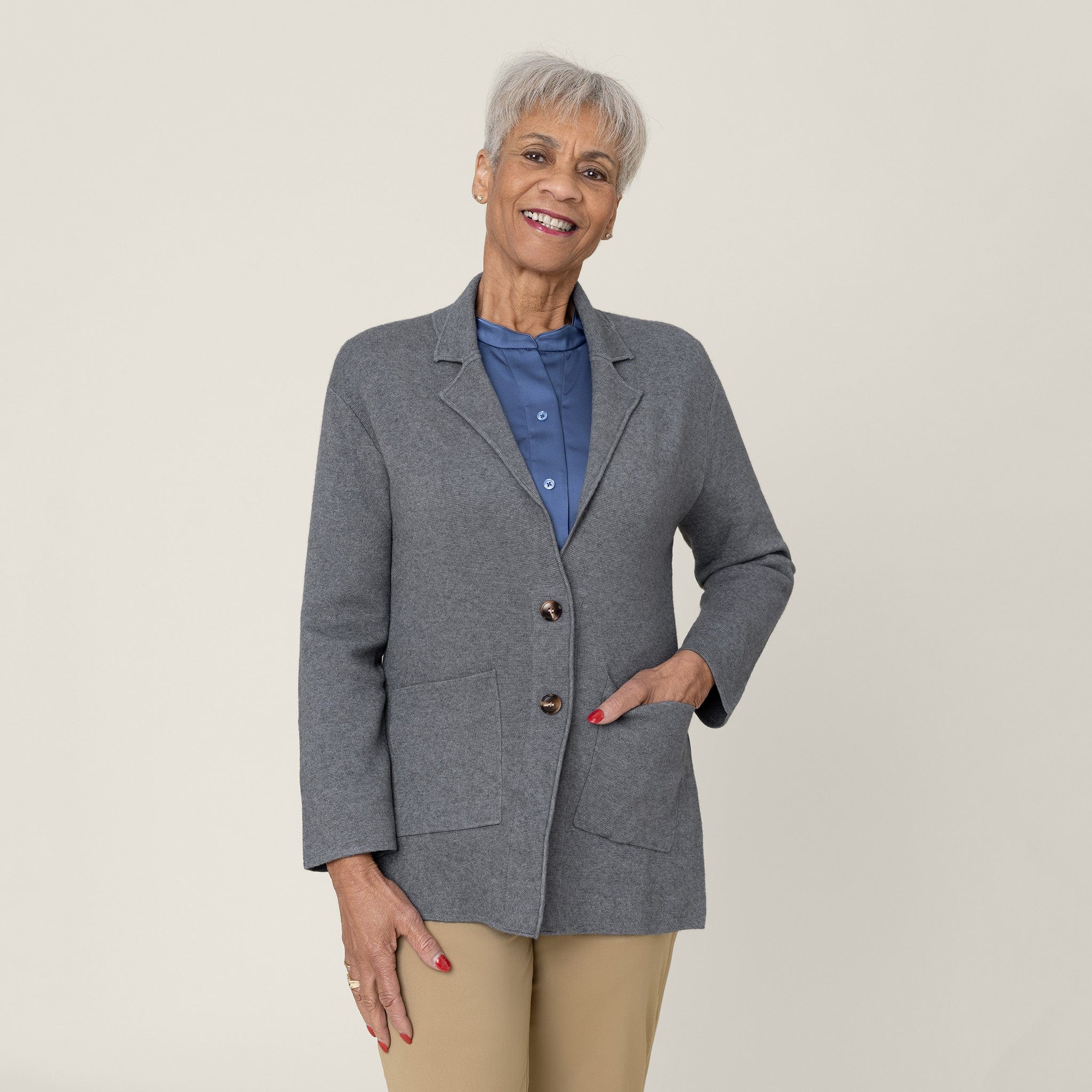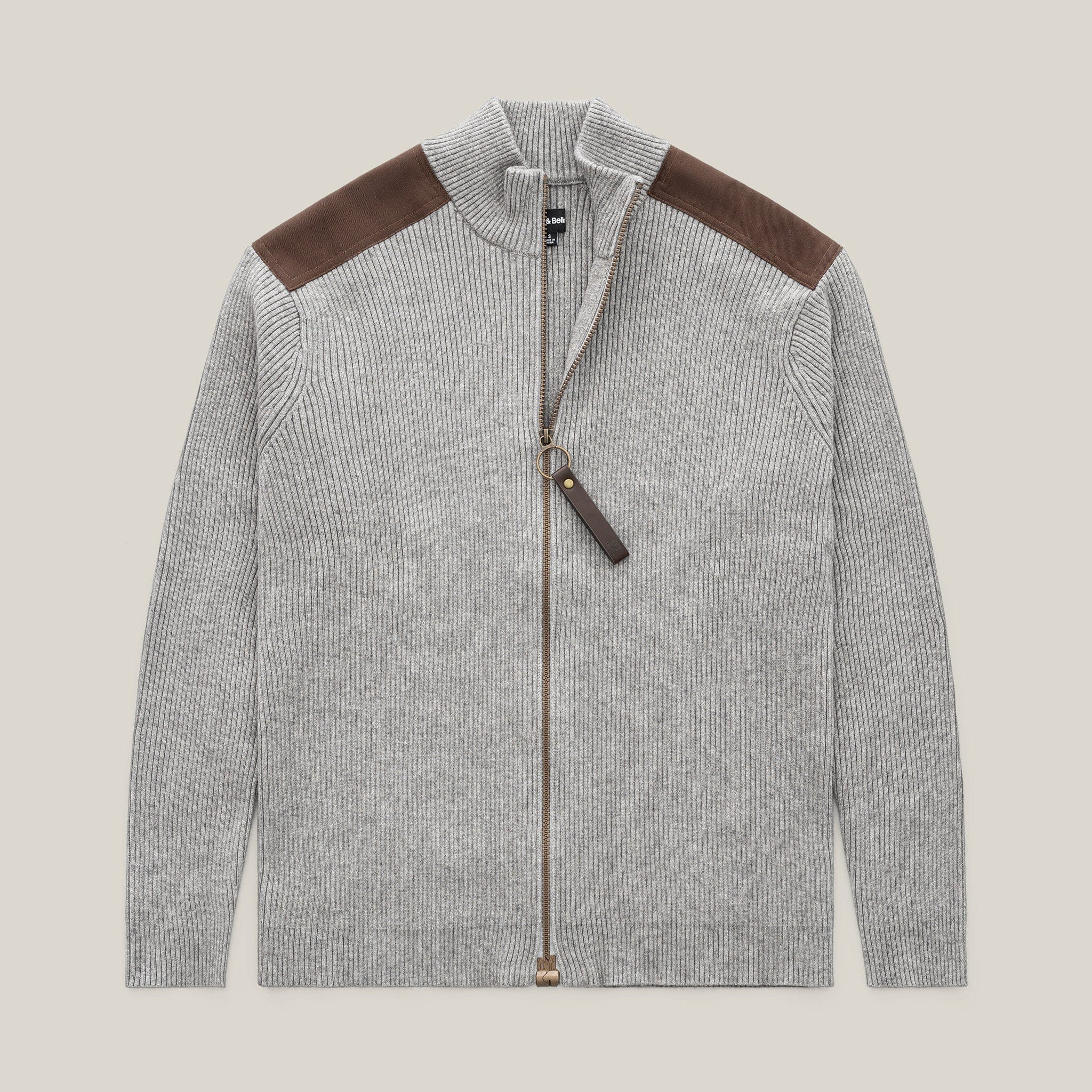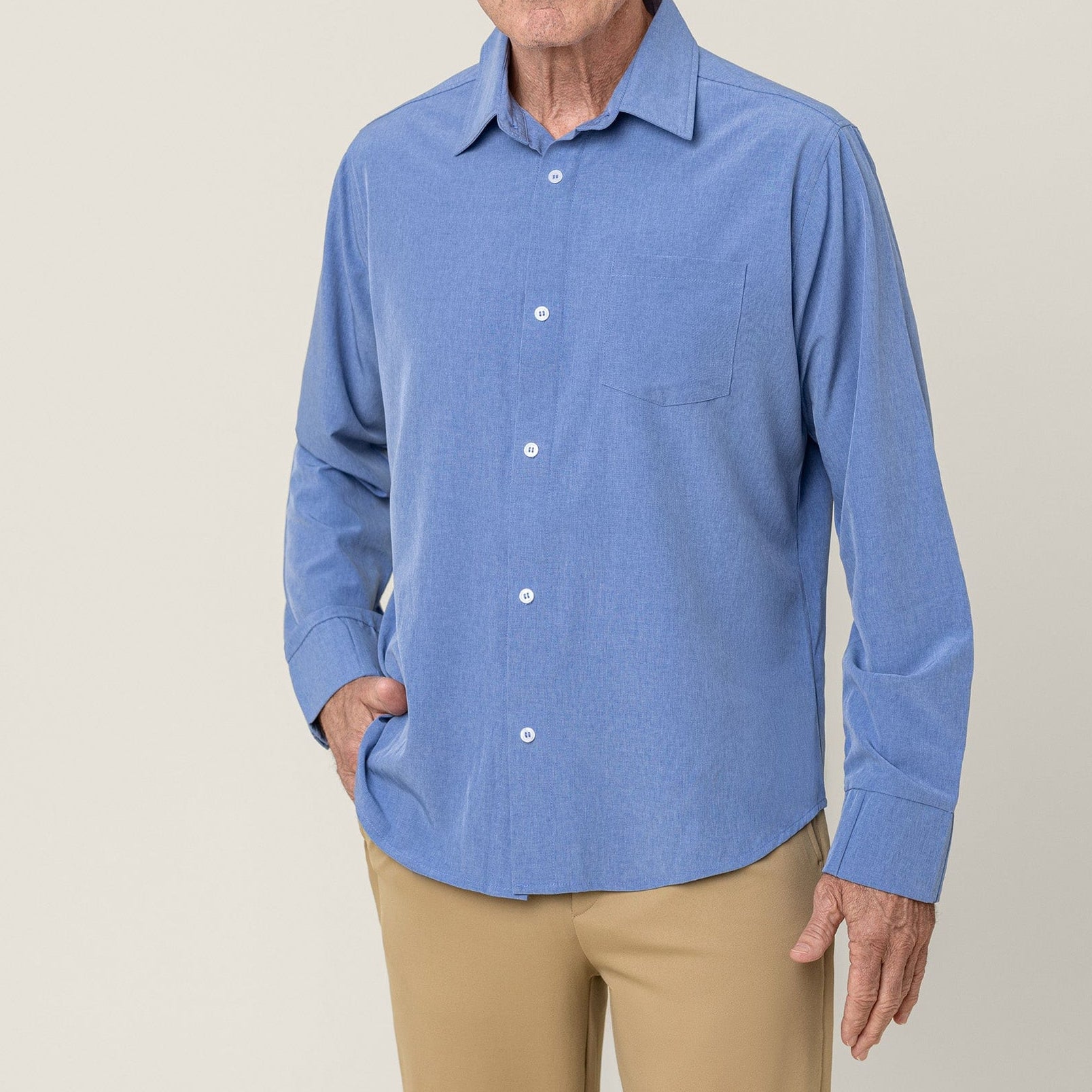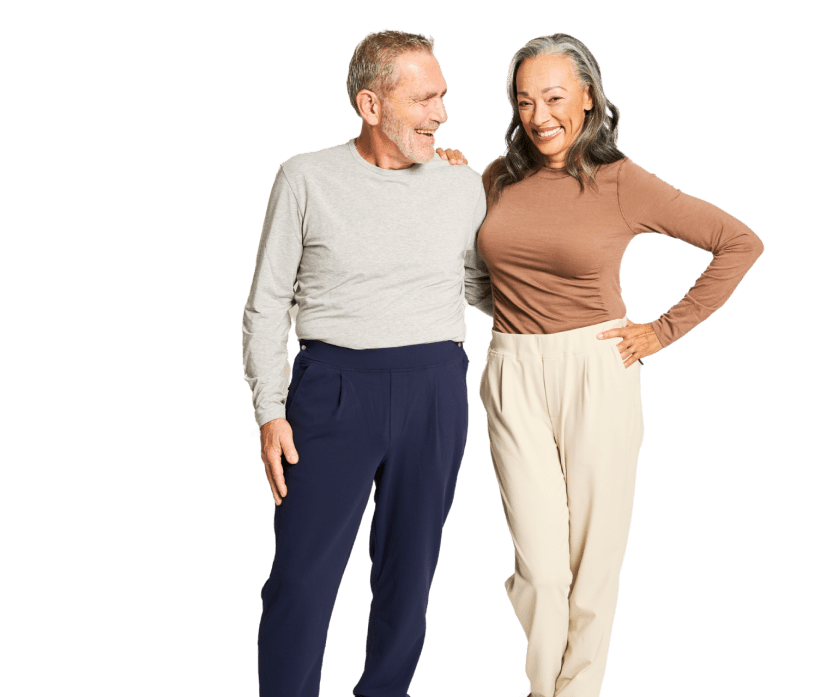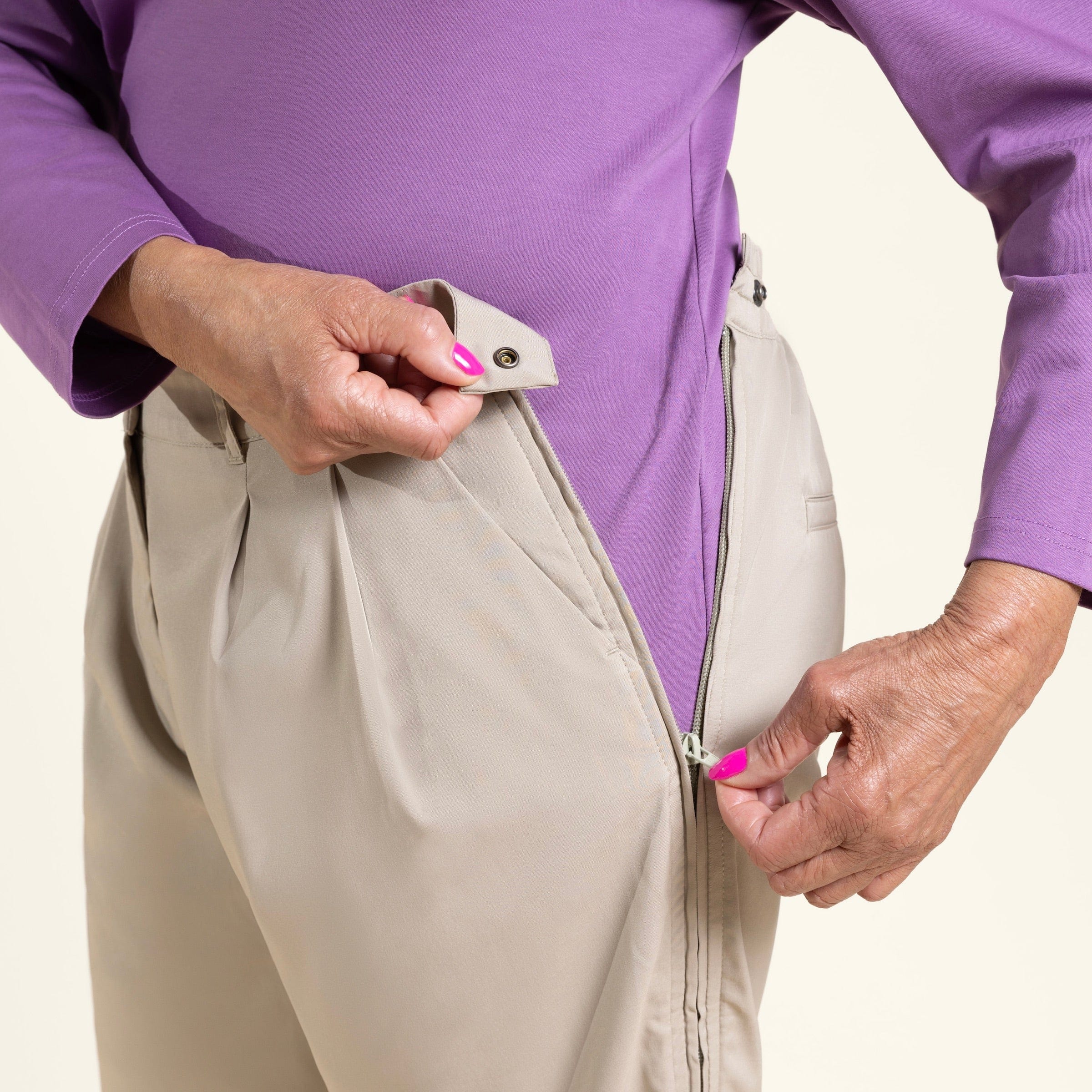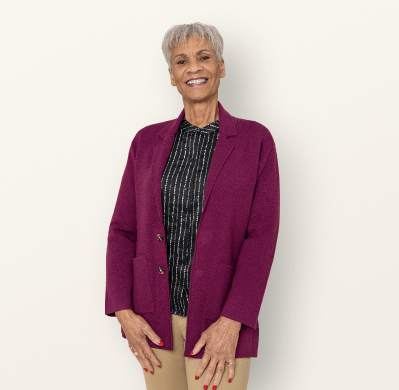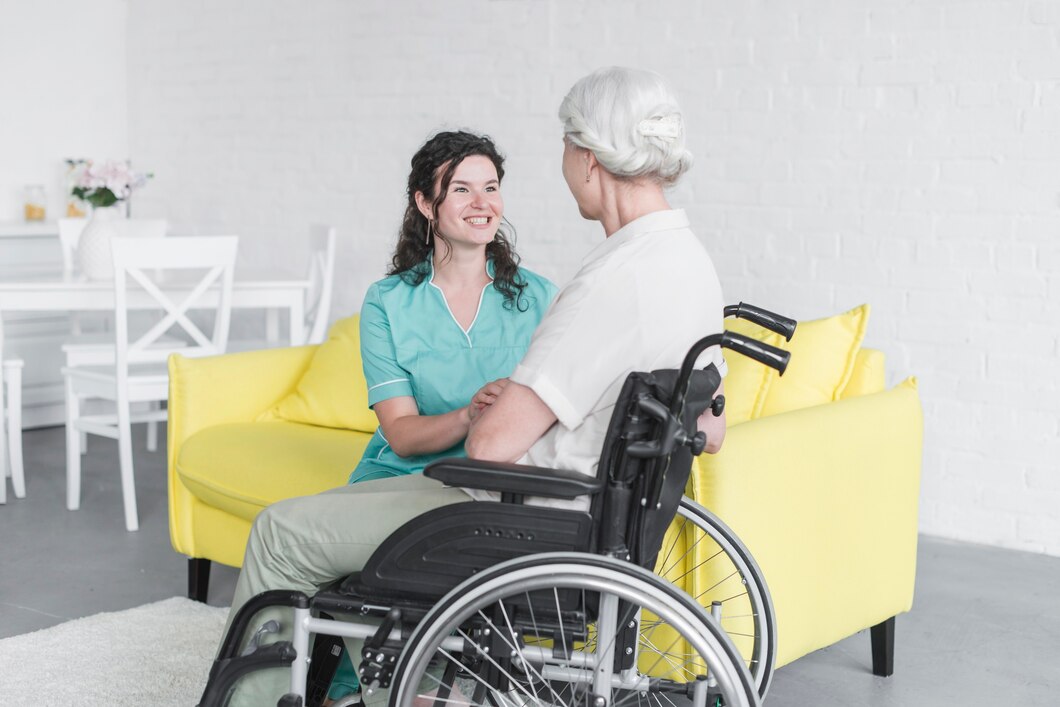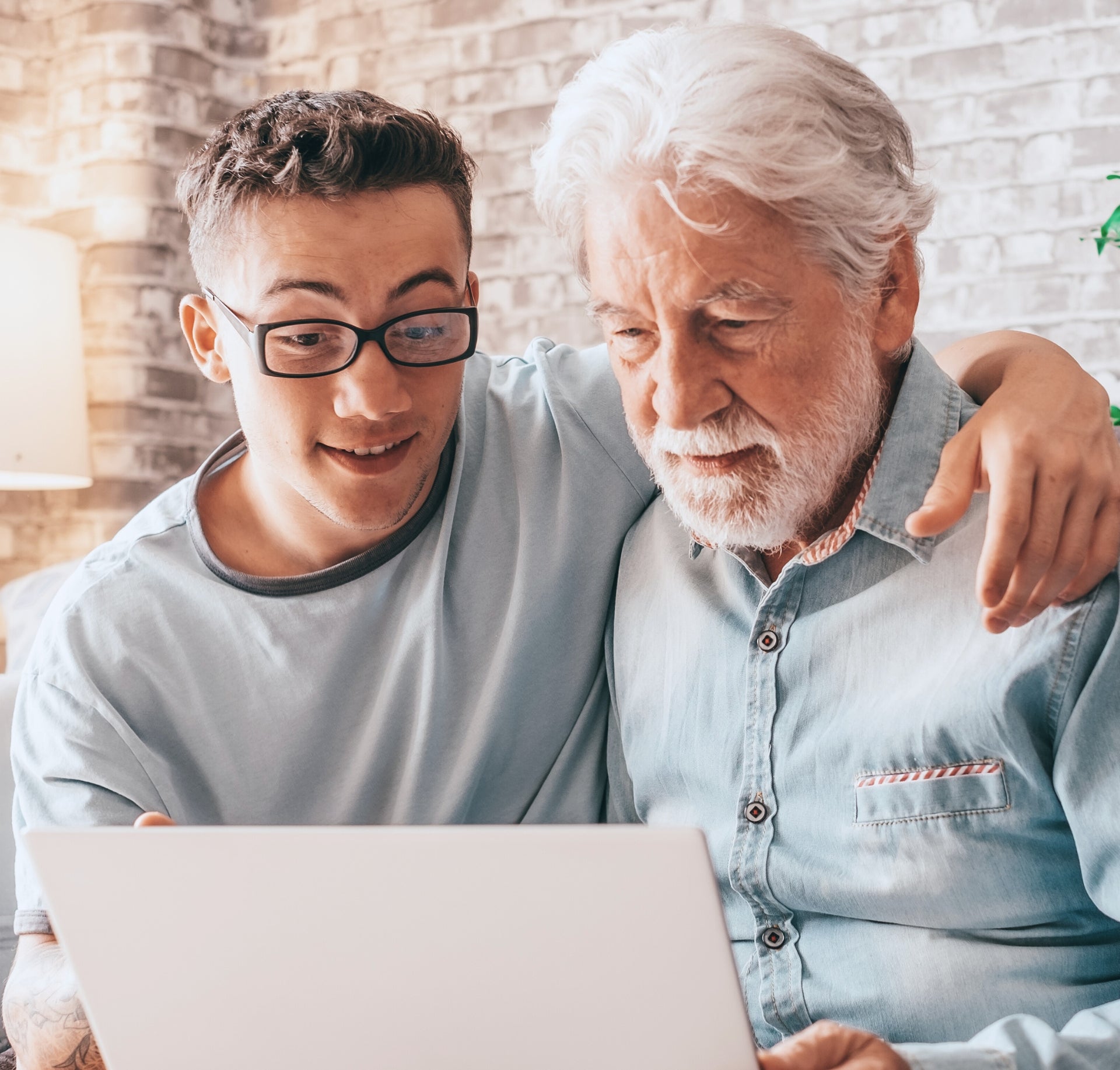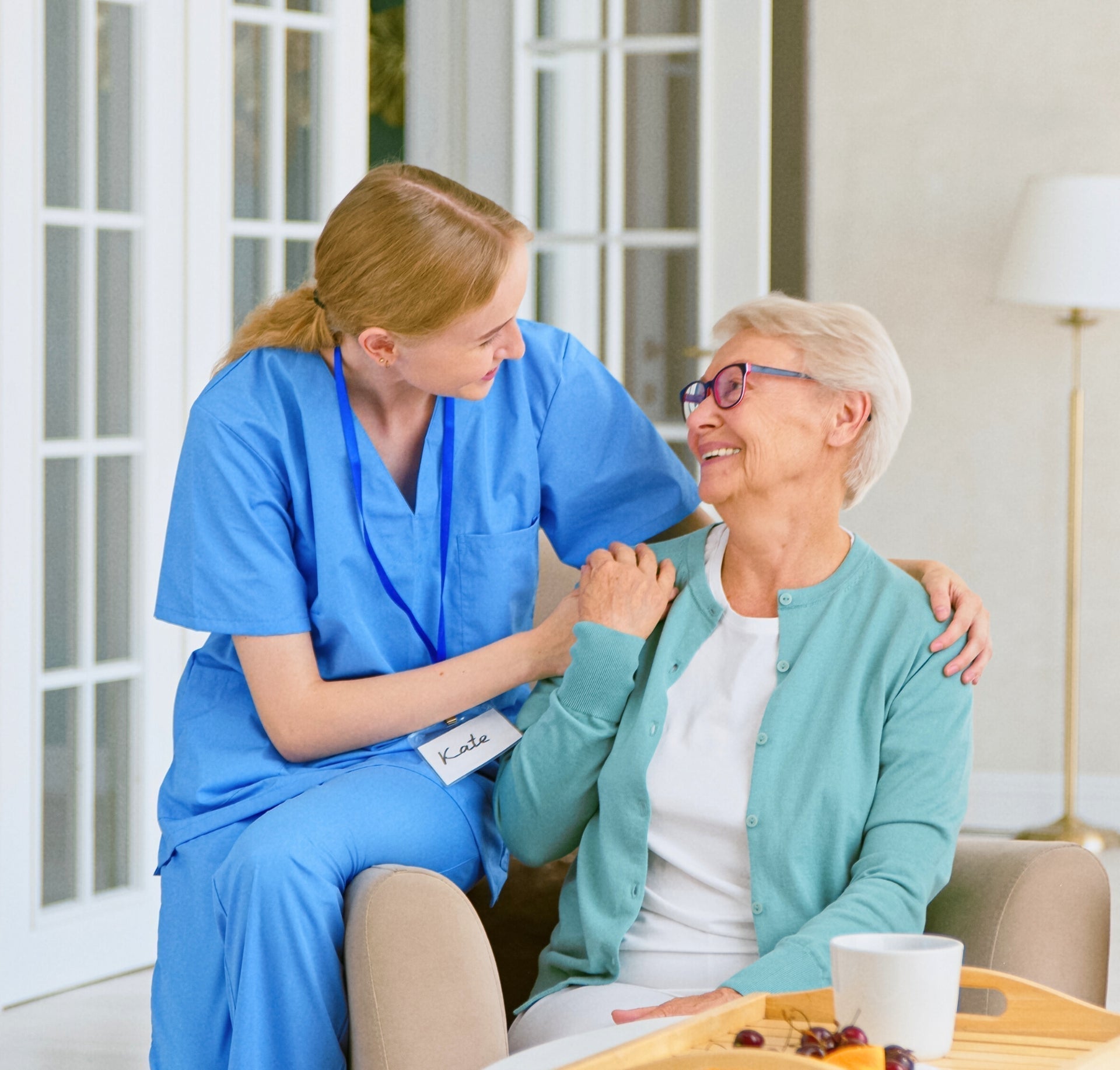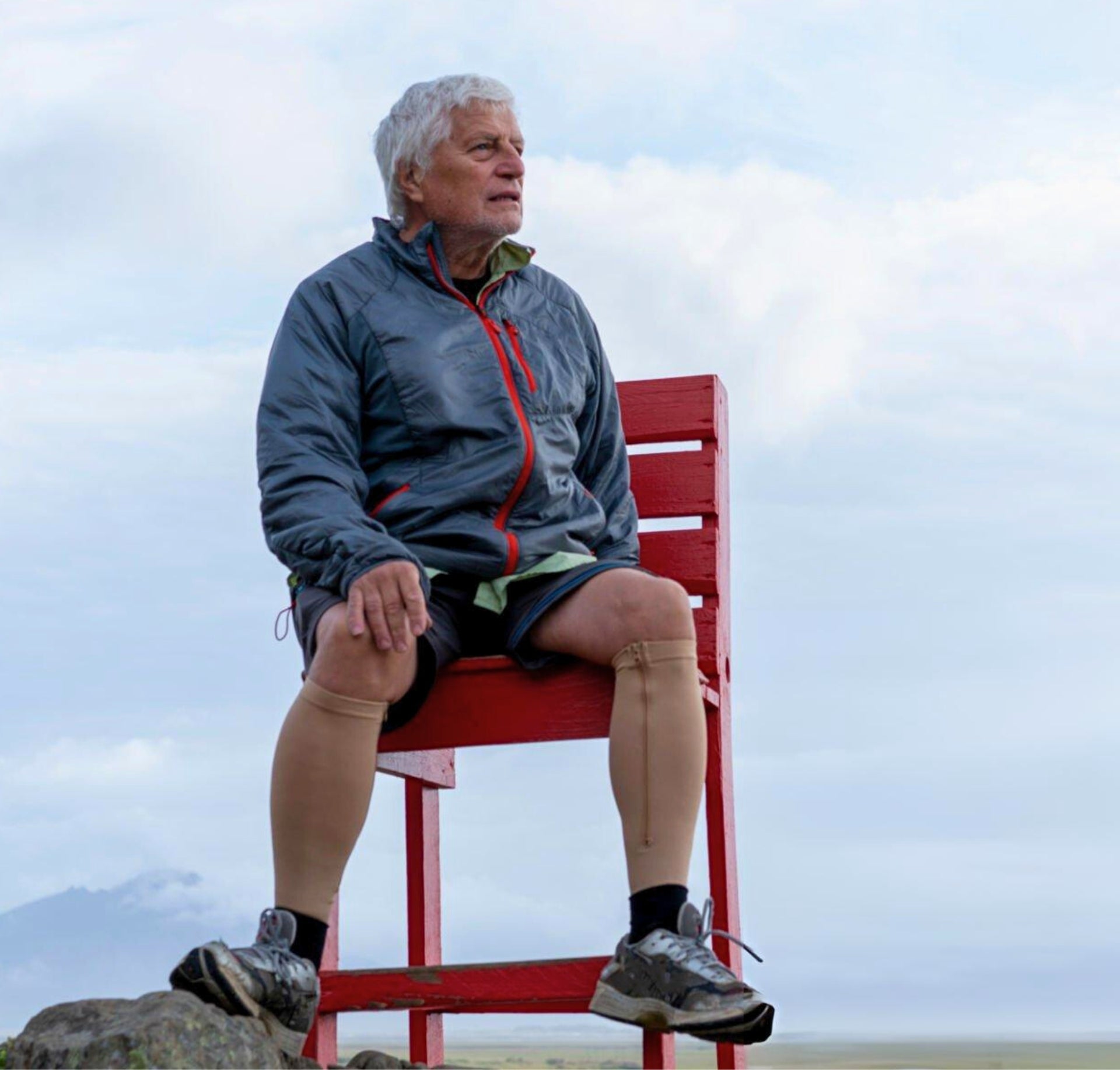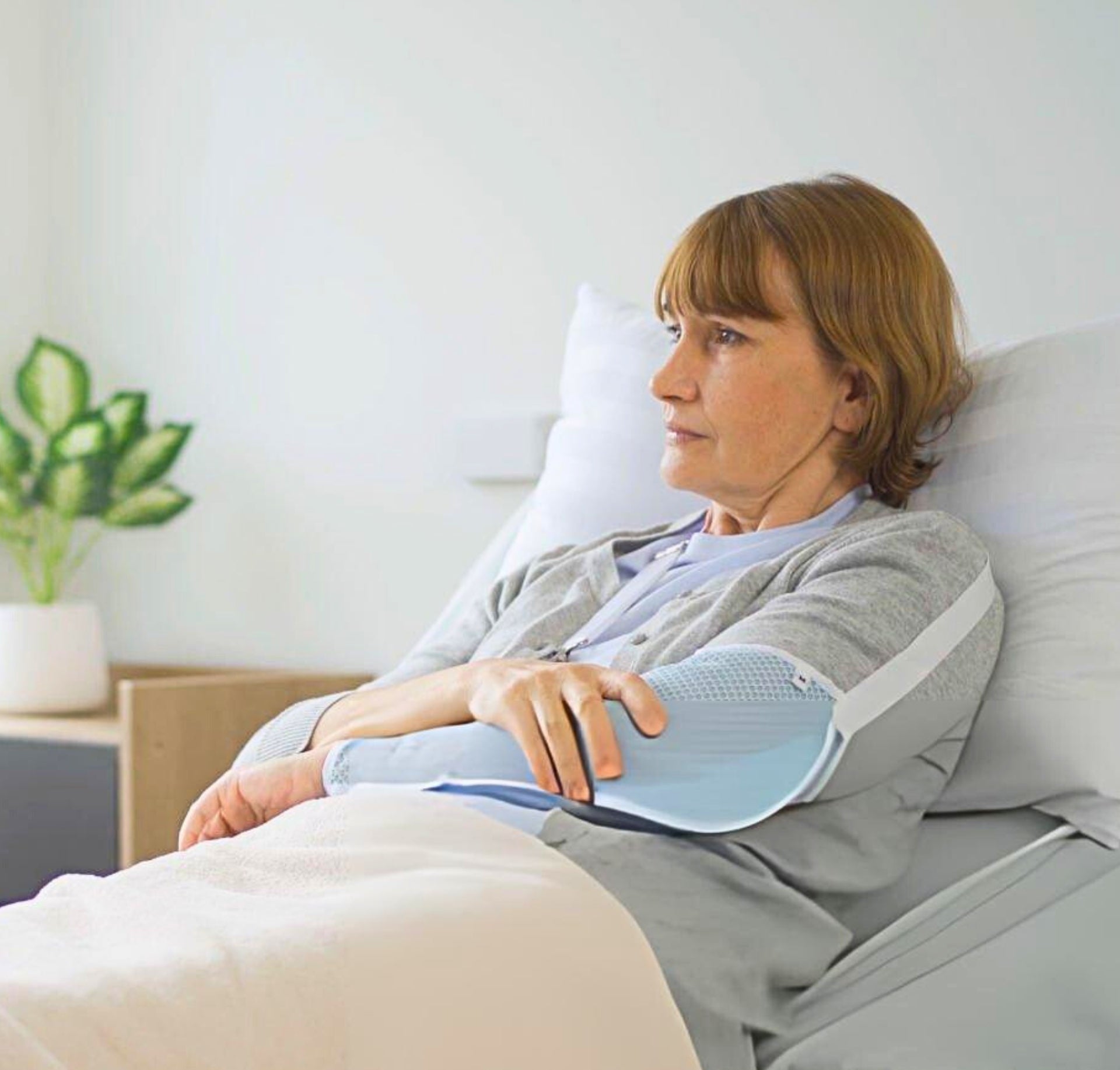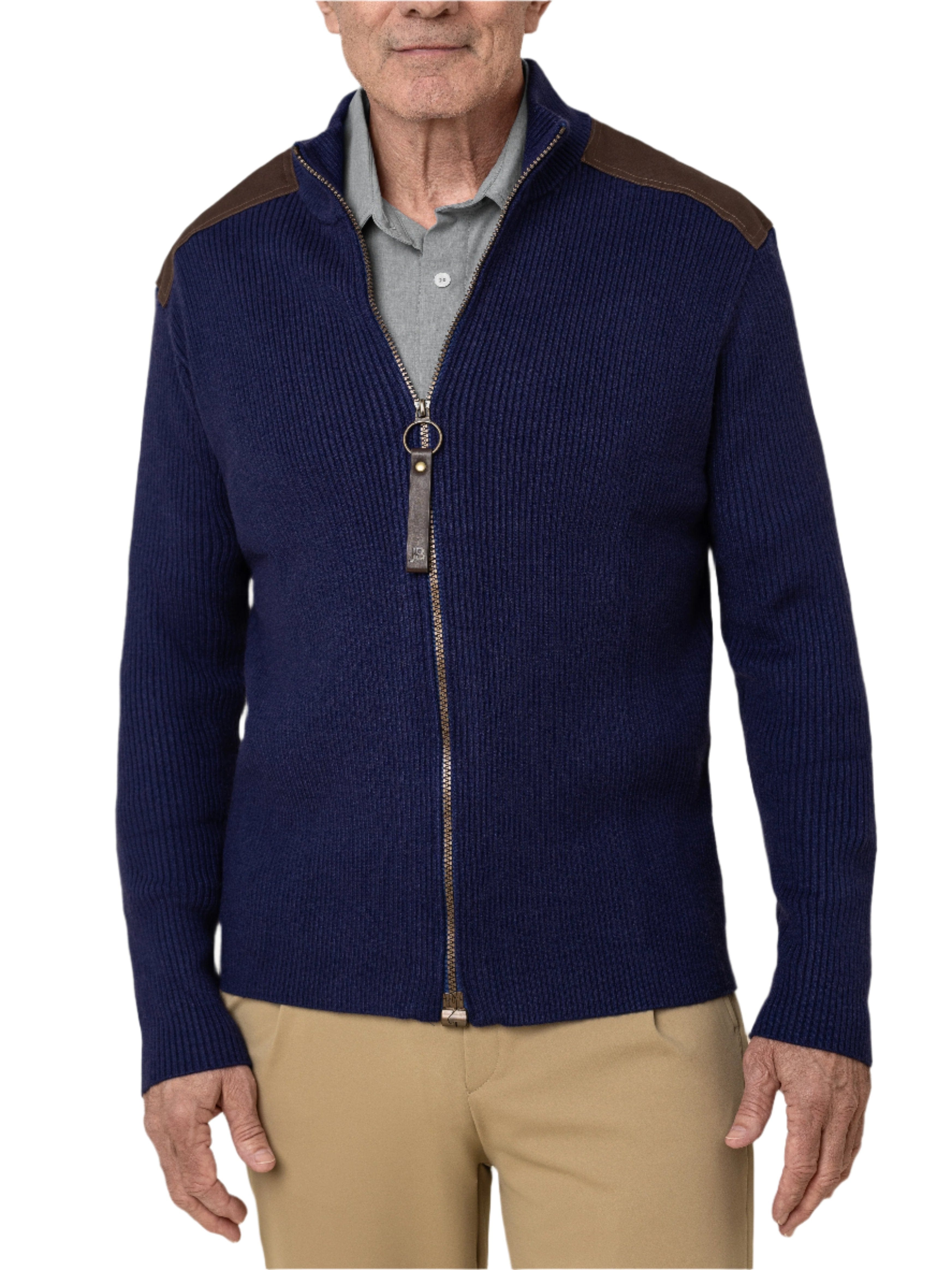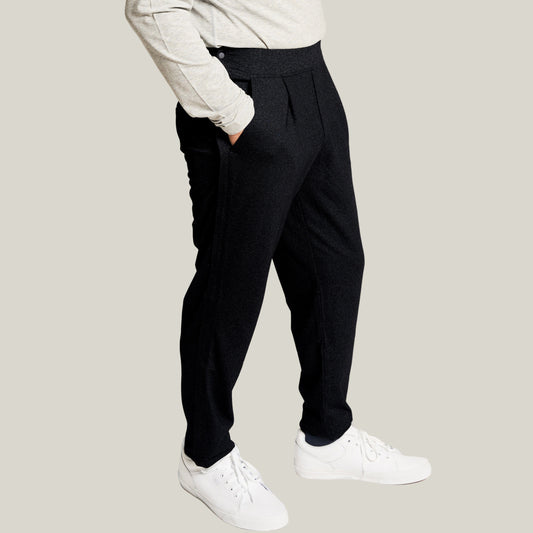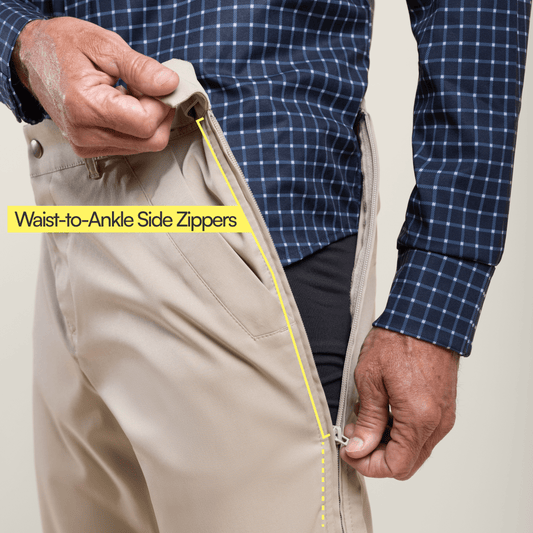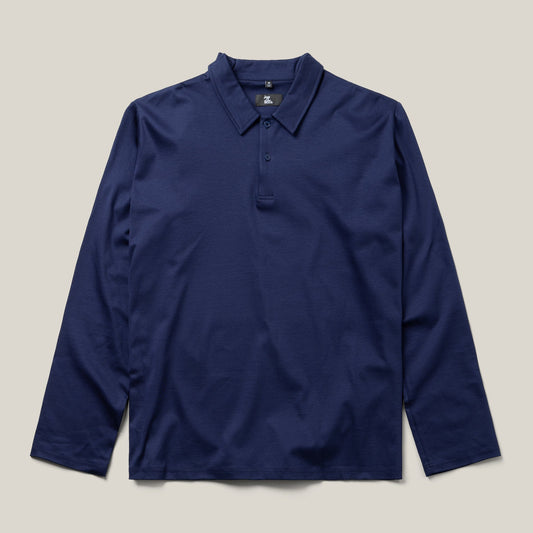Arthritis is not just a single disease but a complex disorder that encompasses more than a hundred different conditions affecting people of all ages, sexes, and races. It is characterized by inflammation in the joints, which can lead to pain, stiffness, and eventually, loss of movement. Among the many challenges it presents, arthritis flare-ups stand out as particularly debilitating periods where symptoms dramatically intensify, affecting the individual's quality of life. Understanding what triggers these flare-ups, recognizing their symptoms, and knowing how to effectively manage them is crucial for anyone living with arthritis.
What is an Arthritis Flare Up?
An arthritis flare-up refers to a sudden and significant increase in the severity of symptoms associated with arthritis. These episodes can vary greatly in duration, from a few days to several weeks, and in intensity, from mild discomfort to severe pain and disability. Flare-ups are particularly challenging because they can appear unexpectedly and disrupt daily life, making routine tasks difficult or impossible.
Causes of Arthritis Flare-Ups
An arthritis flare-up refers to a sudden and significant increase in the severity of symptoms associated with arthritis. These episodes can vary greatly in duration, from a few days to several weeks, and in intensity, from mild discomfort to severe pain and disability. Flare-ups are particularly challenging because they can appear unexpectedly and disrupt daily life, making routine tasks difficult or impossible.
- Stress: Both physical and emotional stress can lead to increased inflammation in the body, exacerbating arthritis symptoms. Stressful events, anxiety, and depression have all been linked to flare-ups.
- Overactivity: Engaging in activities that exceed one's physical limits can strain the joints and trigger a flare-up. It's important for individuals with arthritis to recognize their limits and pace their activities accordingly.
- Infection: The immune system's response to infection can increase inflammation throughout the body, affecting arthritis. Maintaining good hygiene and promptly treating infections is essential.
- Changes in Medication: Adjustments to arthritis medications, whether in type or dosage, should always be done under a healthcare provider's guidance. Improper changes can lead to increased symptoms.
- Weather Changes: Many people with arthritis report that changes in weather, especially cold and damp conditions, can trigger flare-ups. While the exact mechanism is not fully understood, it's a widely reported phenomenon.
Symptoms of an Arthritis Flare Up
Joint Pain
The hallmark of an arthritis flare-up, joint pain, can range from mild to severe and is often described as aching, throbbing, or stabbing. It may be localized to one joint or affect multiple joints simultaneously.
Fatigue
A profound sense of tiredness or exhaustion often accompanies flare-ups, unrelated to physical exertion. This fatigue can significantly impact daily activities and overall well-being.
Nodules Under the Skin
Especially in rheumatoid arthritis, flare-ups can lead to the formation of rheumatoid nodules - firm lumps under the skin near affected joints.
Stiffness of Body After Inactivity
Joint stiffness, particularly noticeable after periods of inactivity such as waking up in the morning, is a common symptom of a flare-up. It can take an hour or more for the stiffness to improve.
Loss of Joint Function
Swelling and pain during a flare-up can restrict movement in the affected joints, leading to a temporary loss of function. This can make tasks like walking, gripping, or bending extremely difficult.
Weakness
Muscles around the inflamed joints may weaken, either from disuse or from the inflammation process itself, contributing to a feeling of overall weakness.
How do you Calm an Arthritis Flare Up?
Managing an arthritis flare-up involves a multi-faceted approach that includes medication, lifestyle adjustments, and supportive therapies:
Medication
Nonsteroidal anti-inflammatory drugs (NSAIDs), corticosteroids, and disease-modifying antirheumatic drugs (DMARDs) are commonly used to reduce inflammation and pain during a flare-up. Biologic agents may also be prescribed for certain types of arthritis.
Rest
Balancing activity with periods of rest can help manage the intensity of flare-ups. Resting helps reduce inflammation and fatigue but should be balanced with light activity to avoid stiffness.
Heat and Cold Therapy
Applying heat can relieve stiffness and muscle tension, while cold therapy can reduce swelling and numb pain. Alternating between the two can provide symptomatic relief during flare-ups.
Physical Activity
Gentle exercises, such as walking or swimming, can help maintain joint flexibility and muscle strength without exacerbating symptoms. It's important to listen to your body and avoid activities that cause pain.
Joint Protection
Using aids such as braces, splints, or ergonomic tools can protect and support affected joints, reducing strain and preventing further damage.
Physical Therapy
A physical therapist can design a personalized exercise program to strengthen the muscles around the joints, improve flexibility, and reduce the severity of symptoms.
Change in Diet
Some evidence suggests that certain foods can influence inflammation levels in the body. Diets rich in omega-3 fatty acids, antioxidants, and fiber, and low in processed foods and saturated fats, may help manage arthritis symptoms.
Adaptive Arthritis Clothing Can Help
For those living with arthritis, dressing can become a challenging task during flare-ups. Adaptive clothing, designed with features like Velcro closures, magnetic buttons, and stretchable fabrics, can make dressing easier and less painful. These garments are not only functional but also fashionable, providing individuals with arthritis the independence to dress themselves without assistance.
Conclusion
Arthritis flare-ups, while daunting, can be managed effectively through a comprehensive approach that includes medical treatment, lifestyle adjustments, and supportive therapies. Understanding what triggers flare-ups and recognizing their early signs can help individuals take proactive steps to mitigate their impact. By incorporating strategies such as medication management, rest, physical activity, and the use of adaptive clothing, those living with arthritis can maintain a higher quality of life and continue to engage in daily activities with confidence and less pain.






